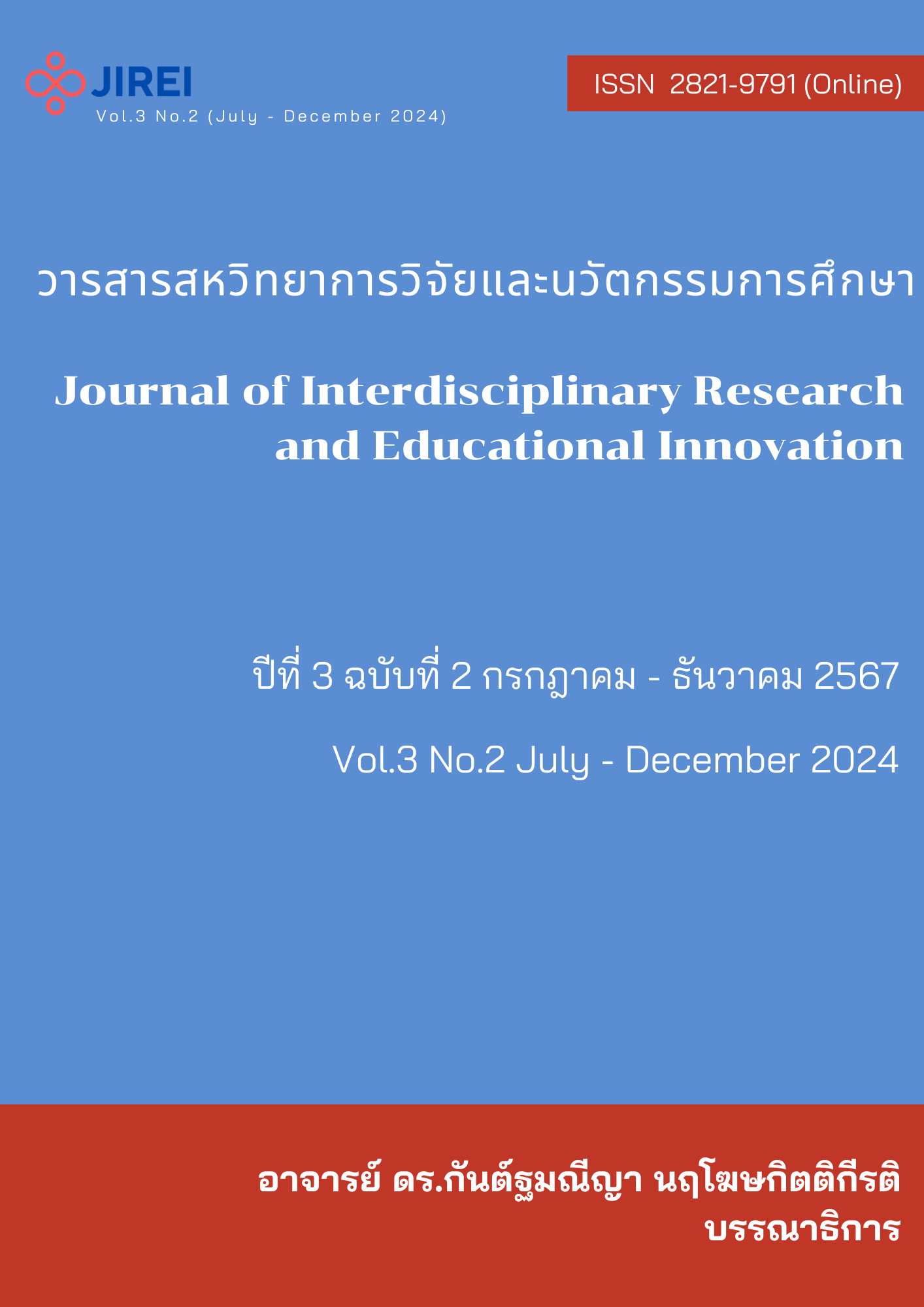Soft Power: Leadership Strategies in the Artificial Intelligence Era
Keywords:
Soft power, strategy, leadership, the artificial intelligence eraAbstract
Leadership in the artificial intelligence era should use soft power as a strategy for successful management as it is considered important to the organization or country. It generates sustainable effectiveness and build a reputation for the products and services quality. The soft power can strengthen the image on the international stage as well as enhancing social value, economy, politics and education with emphasis on cultural promotion, food, language, lifestyle and tourist attractions. The soft power strategies of leadership included the using of artificial intelligence technology (AI), creative thinking, emotional intelligence, inspiration, human relationship, sympathy, trust, teamwork, and developmental thinking.
References
Babiracki, Patryk. (2015). Soviet soft power in Poland: culture and the making of Stalin's new
empire, Chapel Hill: The University of North Carolina Press.
Blondheim, Menahe & Segev, Elad. (2015). Just Spell US Right: America's News Prominence
and Soft Power. Journalism Studies, 18 (9), 1128–1147.
Brannagan, Paul Michael & Giulianotti, Richard. (2018). The soft power–soft disempowerment
nexus: The case of Qatar. International Affairs, 94 (5), 1139–1157.
Creative Economy Agency. (2024). Soft Power เครื่องมือสำคัญในการผลักดันเศรษฐกิจสร้างสรรค์
ไทย. สืบค้นจาก https://www.cea.or.th › single-research › cea-soft-power.
Felix, Loy. & Williams, M.J. (2007), Power in World Politics. New York : Routledge.
Fraser, Matthew. (2005). Weapons of Mass Distraction: Soft Power and America Empire.
New York : St. Martin's Press.
Gallarotti, Giulio. (2010). Cosmopolitan Power in International Relations: A Synthesis of Realism,
Neoliberalism, and Constructivism. New York: Cambridge University Press.
Gupta, Amit Kumar. (2023). Re-examining the Concept of Soft Power and Initiating a Debate on
How to Define the Concept from the Negative and Positive Connotations.Soft Power, Journal of Historical and Theoretical Studies of Politics and Law, 10 (1), 164–187.
Hirsch, Arlene S. (2024). How to 'Soft Power' Your Way to a Senior Leadership
Role. Retrieved from https://www.shrm.org › news › how-to-
Iwabuchi, Koichi. (2002). Recentering Globalization: Popular Culture and Japanese Transnationalism. London : Duke University Press.
Kobierecki, Michal, Marcin. ( 2020). Aviation diplomacy: a conceptual framework for analyzing
the relationship between aviation and international relations. Place Branding and Public Diplomacy, 17 (4), 293–303.
Kurlantzick, Joshua. (2007). Charm Offensive: How China's Soft Power Is Transforming the
World. London : Yale University Press.
Lilian, Ji & Gary, Rawnsley. (2023). The Routledge Handbook of Soft Power.
New York: Routledge.
Lord, Carnes. (2008). Public Diplomacy and Soft Power Strategic Influence: Public Diplomacy,
Retrieved from content/themes/softpower/pdfs/the_soft_power_30.pdf.
Manners, Ian. (2002). Normative Power Europe: A Contradiction in Terms?. Journal of Common
Market Studies, 40(2), 235–258.
Mattern, Janice Bially. (2005). Why Soft Power Isn't So Soft: Representational Force and the Construction of Attraction in World Politics. Journal of International Studies, 33 (3), 583–612.
Nye, Joseph S. (2014). Soft Power: The Means To Success In World Politics. New York:
PublicAffairs.
Nye, Joseph S. (2008). The Powers to Lead. New York :Oxford University Press.
Oleg Gelikh. (2019). Leadership, Soft Power and Social Power, Sustainable Leadership for Entrepreneurs and Academics, 2(3),43-55.
Onuf, Nicholas. (2017). The power of metaphor/the metaphor of power. The Journal of
International Communication, 23 (1),1–14.
Portland Communications. (2016). The Soft Power 30 Report, Retrieved
from http://softpower30.portland-communications.com/wp-.
Siniver, Asaf & Tsourapas, Gerasimos. (2023). Middle Powers and Soft-Power Rivalry: Egyptian–
Israeli Competition in Africa. Foreign Policy Analysis, 19 (2),103-119.
Tella, Oluwaseun. (2016). Wielding soft power in strategic regions: an analysis of China's power
of attraction in Africa and the Middle East. Africa Review, 8 (2): 133–144.
Tsourapas, Gerasimos. (2018). Authoritarian emigration states: Soft power and cross-border
mobility in the Middle East. International Political Science Review, 39 (3): 400–416.
Yano, Christine R. (2009). Wink on Pink: Interpreting Japanese Cute as It Grabs the Global Headlines. The Journal of Asian Studies, 68 (3), 681–688.





